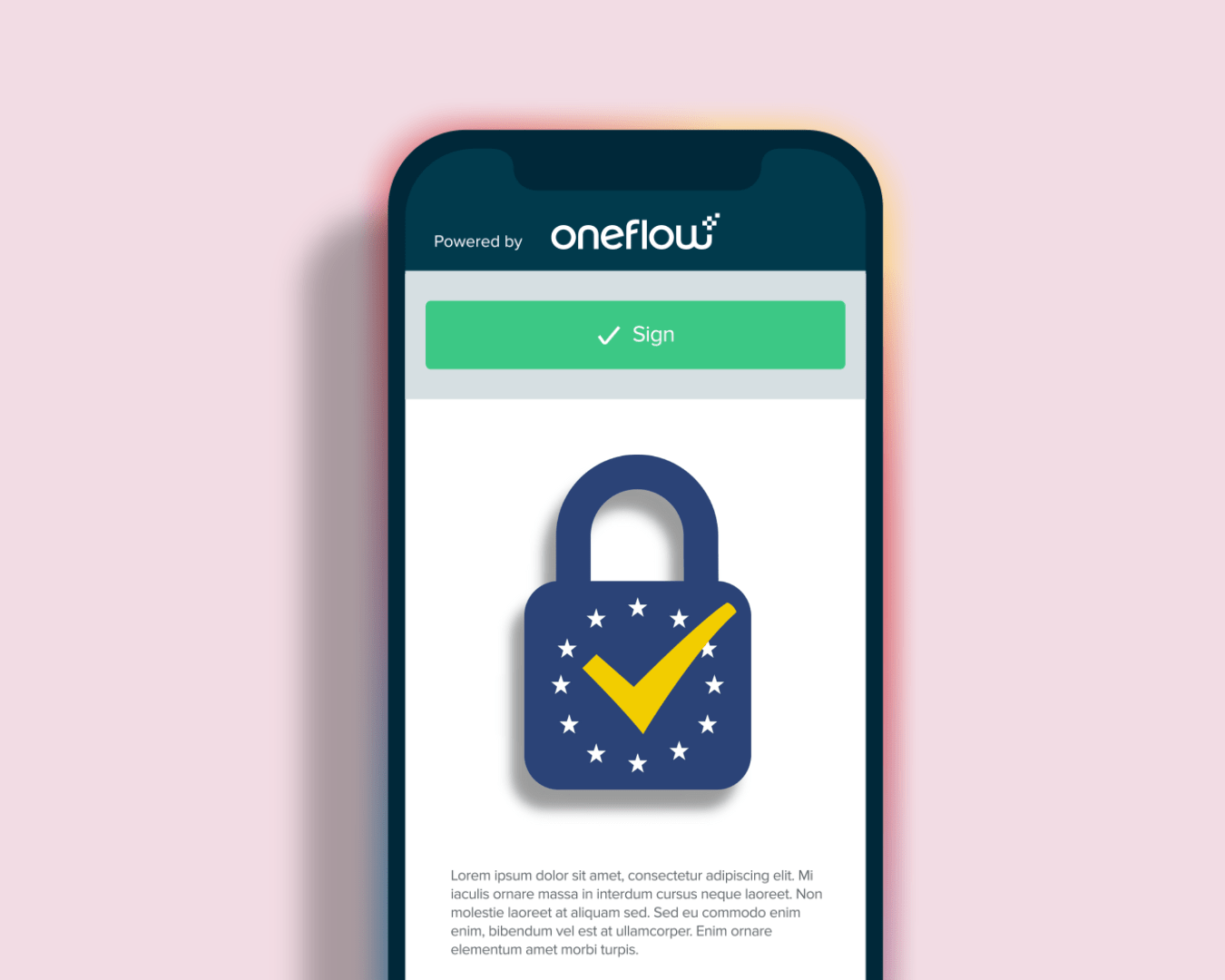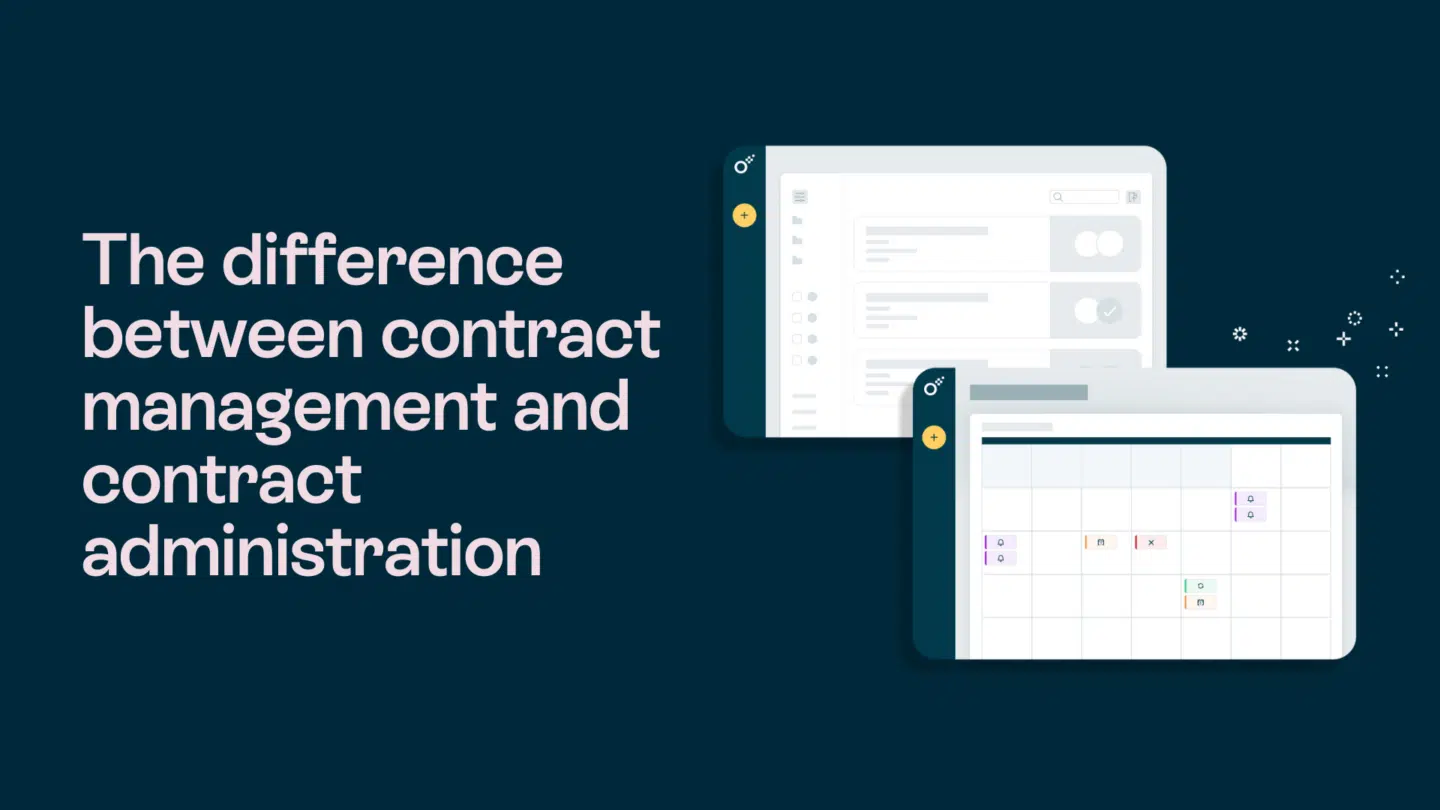We live in a digital world, but somehow, a lot of companies still sign contracts like it’s 1999. According to a survey by Oneflow, 28% of businesses still upload PDF contracts to e-signing tools, and 25% still use pen and paper. That’s a lot of extra steps for something that should take minutes—not days.
Contracts shouldn’t involve printers, scanners, or email chains anymore.

Why are we still printing contracts?
Even today, 32% of people say they prefer signing with ink on paper. That means printing a contract, signing it, scanning it, attaching it to an email, and waiting for the next person to do the same. It’s a slow, manual loop that drains time and energy from your team.
Why you should care:
- Paper contracts are time sinks and a step that adds friction.
- They slow you down and waste admin hours that could be used in higher value add activities.
What you can do about it:
- Switch to a digital contract platform that removes paper from the picture completely.
- Help your team (and clients) see how much easier and cleaner digital signing really is.
Read also: What are digital signatures? A complete guide
Uploading PDF contracts isn’t ideal either
Okay, maybe you ditched the paper, but if you’re still uploading PDF contracts into an e-signing tool, you’re not much further ahead.
PDF contracts are great for locking things in—but not so great when you need to make changes. The content inside is fixed, which makes it tricky to pull out data or update anything quickly.
Most of the time, editing a PDF means going back to your original file in Word or Google Docs, making your changes there, and then exporting it as a new PDF. If you’re updating a contract with multiple revisions, that back-and-forth can add up.
26% of companies are still doing exactly that, and it’s far from efficient. You still need to download files, open them in a separate app, upload them again, and juggle email threads to keep track of who’s signed what.
Why you should care:
- Every time you move a file around, there’s room for error—wrong version, missed signature, outdated terms.
- You’re still doing the work manually. It just looks slightly more digital.
What you can do about it:
- Use a platform that lets you create, edit, send, and sign contracts all in one place.
- Bonus points if it connects with your CRM, HR system, or wherever your contracts start.

Back-and-forth is killing your deals
The endless back-and-forth is one of the biggest pain points in contract workflows today.
The Oneflow survey makes it clear: people are frustrated with how long signing takes, especially when it means chasing approvals across inboxes.
Why you should care:
- Email ping-pong wastes time—and patience.
- The longer it takes to finalize a contract, the higher the risk of losing momentum (or the deal itself).
What you can do about it:
- Use real-time collaboration features where everyone can review, suggest edits, and approve in one view.
- Set up automatic workflows that move contracts forward without manual nudges.
Mobile signing is the new normal
People are no longer waiting to get to their laptops to sign something. According to the survey, 48% of users now sign contracts from their phones at least once a month.
But not every contract tool makes that easy. Some just aren’t built for small screens—and that’s a big problem.
Why you should care:
- If your contract flow doesn’t work well on mobile, expect delays.
- A bad experience can confuse people or stop them from signing altogether.
What you can do about it:
- Pick a platform designed for mobile signing—one that’s intuitive, responsive, and secure.
- Try it yourself. If it feels clunky on your phone, your customers will feel the same way.
Some teams are already flying—why not yours?
Here’s the interesting part: 42% of companies say they never experience contract signing delays. That’s nearly half of teams out there closing deals without the usual friction. It’s totally doable.
The rest? Still stuck in their old processes—paper, PDF contracts, scattered emails.
Why you should care:
- If others are moving faster, they’re closing deals faster, too.
- Old workflows cost time, money, and deals you could’ve won.
What you can do about it:
- Look at your current contract process. What’s manual? What’s causing delays?
- Try a modern platform like Oneflow that takes you from draft to signed in one smooth flow
Key takeaways
- Signing contracts manually or via PDF contracts is slow, messy, and outdated.
- The back-and-forth kills momentum. Real-time collaboration tools speed things up.
- Mobile signing is on the rise—your contract process should work anywhere, anytime.
- The right tool reduces delays, errors, and admin work, so your team can focus on the real work.









